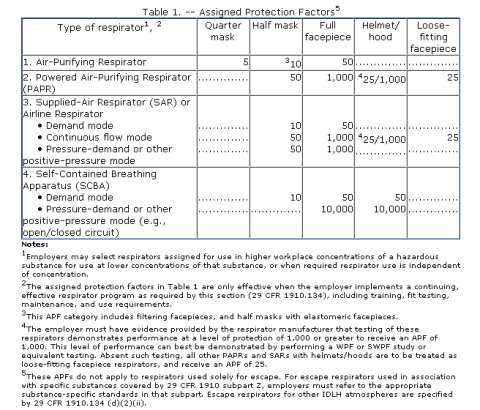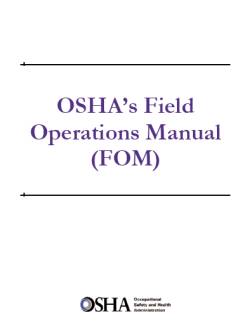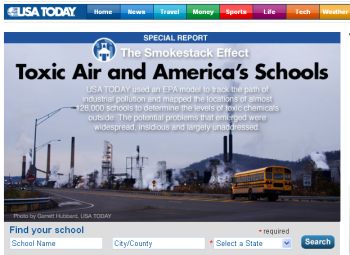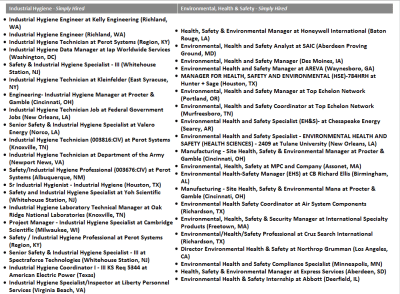Call for Abstracts – National Environmental Public Health Conference
The National Environmental Public Health Conference is being held in Atlanta this year, October 26-28, 2009. Being organized by Centers for Disease Control and Prevention’s National Center for Environmental Health and the Agency for Toxic Substances and Disease Registry, in conjunction with the National Environmental Health Association promises to be a very informative three days from the field of public health.
The conference will focus on the following topics:
- Healthy Places
- Public Health & Environmental Exposures
- Sustainability & Public Health
- Environmental Systems & Public Health
- Environmental Health Emergencies
- Environmental Health Science and Practice
The organizers of the conference are calling for abstract submissions for original, previously unpublished findings by May 8, 2009. Additional information can be found HERE including a link for abstract submission.
From the website:
“The 2009 National Environmental Public Health Conference-Healthy People in a Healthy Environment seeks to promote the nation’s environmental health capacity by enhancing the expertise of environmental health professionals-including public health and healthcare professionals, academic researchers, representatives from communities and organizations, as well as advocacy and business groups with a primary interest in environmental public health.
The conference aims to develop and encourage innovative strategies for addressing existing and emerging issues in addition to being a forum for CDC/ATSDR and its many partners to share research, scientific, and program information focusing on environmental public health priorities.”


 Here are some of the information that has been put together based upon the claims of off-gasing from chinese made drywall.
Here are some of the information that has been put together based upon the claims of off-gasing from chinese made drywall.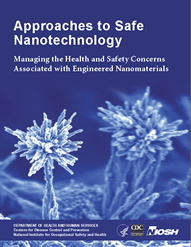 “This document reviews what is currently known about nanoparticle toxicity, process emissions and exposure assessment, engineering controls, and personal protective equipment. This updated version of the document incorporates some of the latest results of NIOSH research, but it is only a starting point. The document serves a dual purpose: it is a summary of NIOSH’s current thinking and interim recommendations; and it is a request from NIOSH to occupational safety and health practitioners, researchers, product innovators and manufacturers, employers, workers, interest group members, and the general public to exchange information that will ensure that no worker suffers material impairment of safety or health as nanotechnology develops.”
“This document reviews what is currently known about nanoparticle toxicity, process emissions and exposure assessment, engineering controls, and personal protective equipment. This updated version of the document incorporates some of the latest results of NIOSH research, but it is only a starting point. The document serves a dual purpose: it is a summary of NIOSH’s current thinking and interim recommendations; and it is a request from NIOSH to occupational safety and health practitioners, researchers, product innovators and manufacturers, employers, workers, interest group members, and the general public to exchange information that will ensure that no worker suffers material impairment of safety or health as nanotechnology develops.”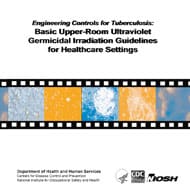 “Research indicates that an appropriately designed and maintained upper-room UVGI system may kill or inactivate airborne TB bacteria and increase the protection afforded to healthcare workers while maintaining a safe level of UVGI in the occupied lower portion of the room. The purpose of this document is to examine the different parameters necessary for an effective upper-room UVGI system and to provide guidelines to healthcare managers, facility designers, engineers, and industrial hygienists on the parameters necessary to install and maintain an effective upper-room UVGI system. These guidelines are consistent with previous CDC healthcare guidelines and expand upon them. This document provides an overview of the current knowledge concerning upper-room UVGI systems and research needs. Information from CDC/NIOSH-funded laboratory studies and other relevant studies is combined in this report to provide guidelines for the installation and use of upper-room UVGI systems. Although other pathogenic microorganisms may be killed or inactivated by upper-room UVGI systems, the guidelines were developed for the installation and use of upper-room UVGI systems capable of killing or inactivating surrogates of mycobacteria.”
“Research indicates that an appropriately designed and maintained upper-room UVGI system may kill or inactivate airborne TB bacteria and increase the protection afforded to healthcare workers while maintaining a safe level of UVGI in the occupied lower portion of the room. The purpose of this document is to examine the different parameters necessary for an effective upper-room UVGI system and to provide guidelines to healthcare managers, facility designers, engineers, and industrial hygienists on the parameters necessary to install and maintain an effective upper-room UVGI system. These guidelines are consistent with previous CDC healthcare guidelines and expand upon them. This document provides an overview of the current knowledge concerning upper-room UVGI systems and research needs. Information from CDC/NIOSH-funded laboratory studies and other relevant studies is combined in this report to provide guidelines for the installation and use of upper-room UVGI systems. Although other pathogenic microorganisms may be killed or inactivated by upper-room UVGI systems, the guidelines were developed for the installation and use of upper-room UVGI systems capable of killing or inactivating surrogates of mycobacteria.”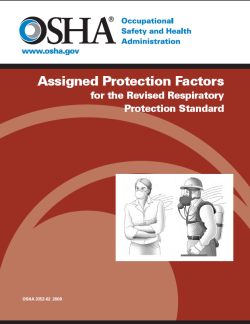 OSHA has issued a new guidance document for employers who may need to establish and implement a respiratory protection program due to potential exposures to contaminants in workplace air. The document focusues on the mandatory selection provisions of the assigned protection factors (APFs), maximum use concentrations (MUCs) and the use of the APF Table 1 of
OSHA has issued a new guidance document for employers who may need to establish and implement a respiratory protection program due to potential exposures to contaminants in workplace air. The document focusues on the mandatory selection provisions of the assigned protection factors (APFs), maximum use concentrations (MUCs) and the use of the APF Table 1 of 